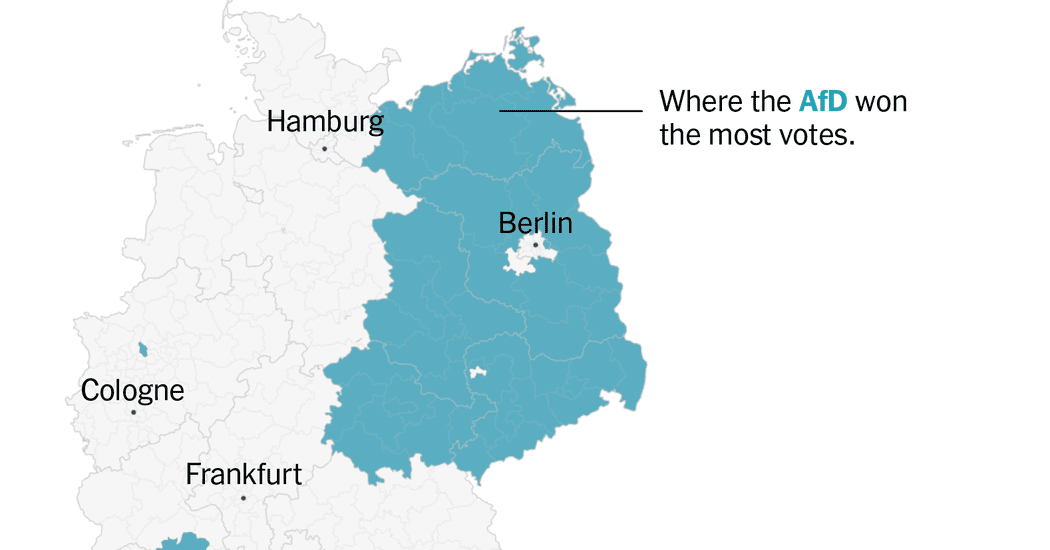
Germany’s Lingering Divide: A Legacy of the Iron Curtain
More than 35 years after the reunification of Germany, a divide persists in the nation where the Iron Curtain once existed. Instead of physical barriers and guard dogs, this line now separates citizens by economic indicators such as income levels and unemployment rates, and increasingly, by their propensity to support radical political parties.
In a hypothetical scenario where East Germany remained independent, the far-right party Alternative for Germany (AfD), notorious for its ties to neo-Nazi elements and under surveillance by domestic intelligence agencies, would have achieved a remarkable victory in the recent elections. Nearly a third of voters in East Germany cast their ballots for the AfD, illustrating a significant trend. Only two of the 48 electoral districts outside Berlin in the former East Germany did not fall in favor of the AfD, with some areas reporting close to 50 percent support for the party.
This ongoing division — and the perception that Germans essentially live in two distinct realities, one in the East and the other in the West — has become a defining characteristic of voting behaviors. This phenomenon was evident not only in the recent elections but also in the voting patterns observed during the European Parliament elections last June.
Experts suggest that this split reflects not only the incomplete integration of the East but also the region’s unique challenges and cultural identity, heavily influenced by decades of Communist governance during the Cold War and a close connection to Moscow and the former Soviet Union.









